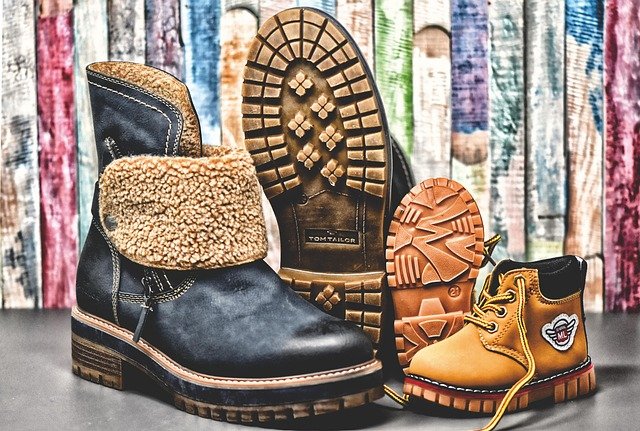High Heels: Types, Styling, Fit, and Contemporary Trends
High heels have played a shifting role in fashion for decades, blending function, form, and cultural meaning. From everyday shoes to occasion footwear, heels influence posture, silhouette, and outfit choices. This article explains common heel types, styling approaches, fit considerations, and how the current trend landscape is shaping what people choose to wear.

What defines high heels?
High heels are shoes with an elevated heel relative to the forefoot, creating a slope from toe to heel that alters the wearer’s stance and gait. Heel height, shape, and placement affect stability and comfort. Common heel heights range from modest lifts (about 1–2 inches) to significantly elevated styles. Materials, construction, and footbed support also determine how wearable a pair of high heels will be over time, and designers balance aesthetic goals with structural needs to improve fit.
How do Cuban heels differ?
Cuban heels are a distinct heel shape often used in boots and some dress shoes; they feature a relatively low-to-moderate height with a slightly tapered back and a straight, blocky silhouette. Initially popular in menswear and dance shoes, Cuban heels offer more surface area under the heel than stiletto styles, providing slightly more stability while still adding a noticeable lift. They appear in leather and suede shoes and can be paired with tailored trousers or heeled boots to create a retro or gender-fluid look without sacrificing comfort entirely.
Are heeled boots different from pumps?
Heeled boots extend the shoe shaft up the ankle or calf, changing fit dynamics and styling options compared with pumps or slingbacks. Heeled boots can include Cuban heels, block heels, and tapered heels; the boot shaft can add ankle support that changes pressure distribution across the foot. Seasonal fabrics and treatments—waterproofing, insulation, or perforation—further distinguish heeled boots from open shoes. In styling, boots often meet trousers, skirts, or dresses differently than pumps, creating a varied visual balance that can shift the perceived leg line and outfit proportions.
How are high heels shaping today’s trend?
The current trend landscape mixes nostalgic references with functional design: vintage heel shapes return alongside modern reinterpretations, and platforms, kitten heels, and Cuban heels have all been visible in street and runway looks. Comfort-oriented features—lower heel heights, wider bases, and cushioned insoles—are increasingly incorporated as consumers prioritize longer wearability. Social and cultural conversations also influence how heels are worn: gender-neutral styling, practical combinations with sneakers or flats, and hybrid shoe types are part of the contemporary trend language that keeps high heels relevant in diverse wardrobes.
How to choose shoes for comfort and style?
Choosing the right shoes means balancing aesthetics with fit, heel type, and intended use. Start by selecting an appropriate heel height for the planned activity: lower heels or a Cuban heel for longer standing, and narrower or taller heels for shorter, more formal wear. Pay attention to arch support, toe box width, and heel placement—shoes that place the heel too far back or squeeze the toes can cause discomfort over time. This article is for informational purposes only and should not be considered medical advice. Please consult a qualified healthcare professional for personalized guidance and treatment.
Break-in practices, interchangeable insoles, and choosing the right sock or hosiery can improve comfort; alterations by a local cobbler—such as adding a rubber heel cap or adjusting the sole—may also extend usability. When possible, try shoes on later in the day when feet are more likely to be slightly swollen, and walk on different surfaces in-store to assess stability.
Conclusion
High heels remain a versatile category within footwear, offering many shapes—from Cuban heels to heeled boots—that serve different styling goals and comfort needs. Understanding heel geometry, construction, and when to prioritize support can help individuals select shoes that align with both their wardrobe and their day-to-day activities, while current trends continue to expand the options available.






